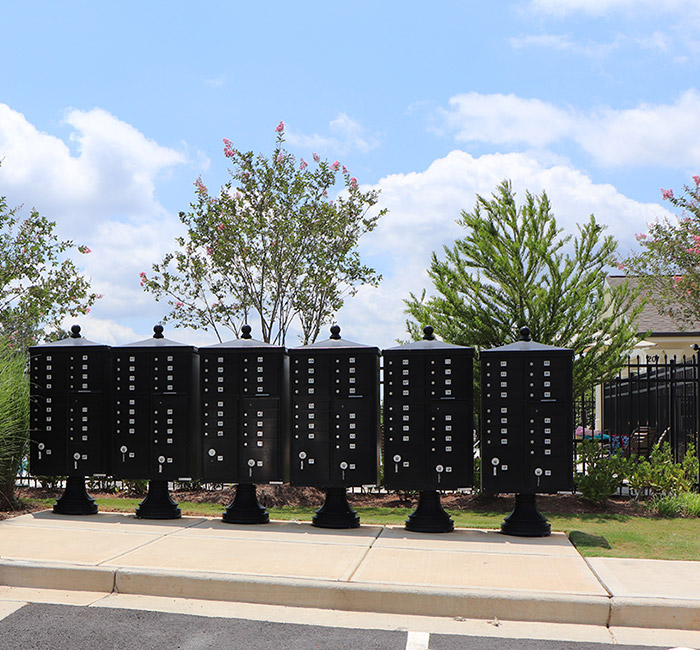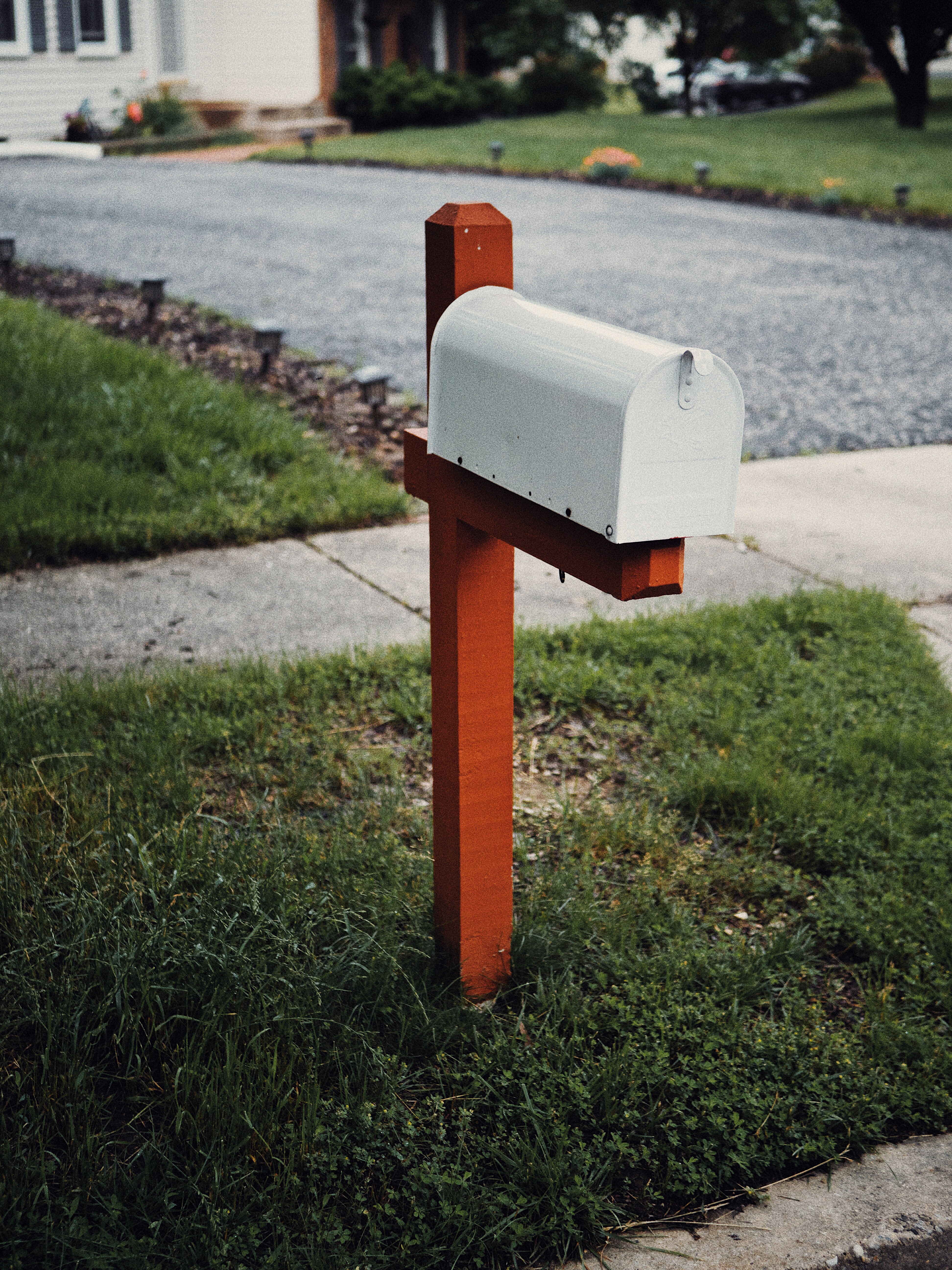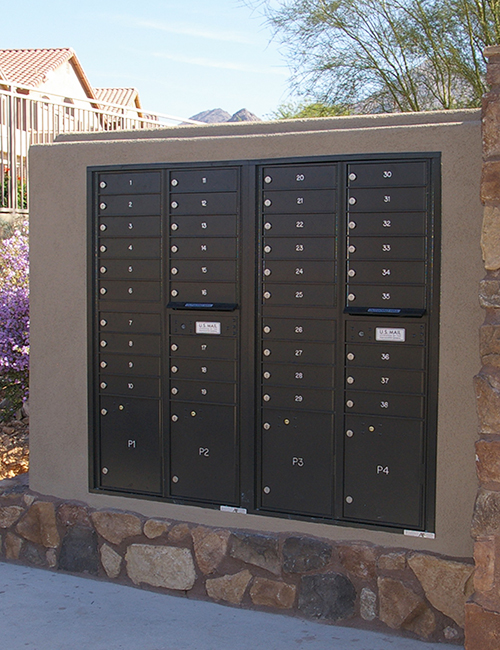Blog
Why Cluster Box Units Make Sense for Your Neighborhood
Monday December 30, 2019In any neighborhood or HOA-managed community, selecting the right mail delivery system is more important than it first appears. While traditional curbside mailboxes remain common, they’re no longer the only—or even the best—option. More and more residential developments are switching to Cluster Box Units (CBUs) for their centralized design, enhanced security, and superior efficiency. As CBUs become the preferred mailbox system in new builds and planned communities, it’s clear why: they offer better long-term value, streamline postal operations, and help modern neighborhoods meet both USPS guidelines and resident expectations.
Explore 6 CBU AdvantagesAre STD-4C Mailboxes Secure? Here's What You Should Know
Friday December 27, 2019The United States Postal Service (USPS) delivers over 150 billion pieces of mail each year in the United States -- a number that's expected to increase in 2020 and the years to follow. If you're developing a neighborhood or residential community, you should choose highly secure mailboxes to protect against mail theft. While conventional curbside mailboxes are always an option, STD-4C mailboxes may offer an even higher level of security.
The Jorolemon Mailbox: How It Influenced Modern-Day Mailbox Designs
Monday December 16, 2019Have you heard of the Joroleman mailbox? Even if you're unfamiliar with it, you've probably encountered mailboxes featuring its iconic and classic design. The Joroleman mailbox's rectangular-dome design has become synonymous with residential curbside mailboxes. To learn more about this iconic mailbox and how it influenced modern-day mailbox designs, keep reading.
What Is a Mailbox Parcel Locker?
Friday November 29, 2019With e-commerce sales at an all-time high, there's a growing need for mailbox parcel lockers. Conventional curbside mailboxes typically don't support large packages. If a homeowner or resident orders a package, the mail courier won't be able to deliver it. Instead, the mail courier may leave a note notifying the homeowner or resident that his or her package is located at the local post office. Thankfully, a parcel locker offers an easier and more convenient way for homeowners and residents to receive packages.
MUTCD Formatting Requirements for Traffic Sign Lettering
Thursday November 21, 2019Ever since the 1930s, traffic signs have played an important role in promoting a safe and functional transportation infrastructure in the United States. Also known simply as road signs, they are designed to guide motorists safely to their intended destination. Whether it's a regulatory, warning or guide sign -- the three main types of traffic signs -- it probably uses the format dictated in the Manual on Uniform Traffic Control Devices (MUTCD). So, what are the MUTCD's formatting requirements for traffic signs?






